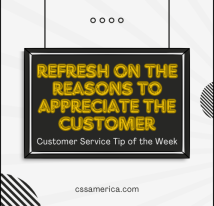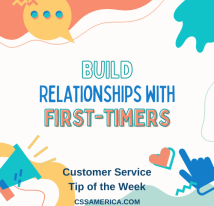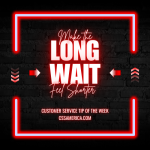
Many of us are visual learners. In order for us to understand the concept, we need to be able to see the concept illustrated. And by seeing the concept illustrated, I’m not just talking about taking something that somebody says and merely typing it into an email. I don’t mean simply providing detailed instructions line by line. What I do mean is literally seeing a picture.
Many times over the years, I’ve been trying to describe a strategy, process, or some key steps to a client that they need to take to be successful in whatever topic we’re discussing. And at some point, it’s clear that they’re getting part of what I’m suggesting but not all of it. So, I will either take out my computer tablet or a sheet of paper, and I will draw a simple diagram. Then their eyes light up! They understand the concept, and they often ask if they can keep that piece of paper or ask if I can send them a softcopy of what I wrote on my computer screen.
For many of us, when we hear hundreds of words mesh together to describe a series of next steps or a process, the words blur. We either lose focus, or there is a particular step or phrase that diverts our concentration. To avoid this when working with customers, we need to move those hundreds of steps to a simple graphic of 3-5 connected boxes. It simplifies it for those of us who are visual.
Take a Picture to Jog their Memory
Just as in the example that I shared where they asked to keep my sheet of paper, think about your pre-printed documents – maybe it’s the procedures on a wall poster. Maybe it is a hardcopy document that you were viewing with the customer about a contract, a policy, an agreement, or a process. Don’t expect people to remember what we say no matter how wonderfully we explain it.
Have them take a picture of it with their phone or give them a QR code so that they can go to the exact URL using their phone camera. Make sure that this visual representation that you provided to them is something that they can take with them to remember and refer back to in the future.
When having a conversation with a customer, gauge how well they’re understanding what you’re conveying.
When needed, paint a picture, and – so they remember – let them take a picture.
Signup for FREE Tips! Contact Us More Resources for You Visit Our Home Page























